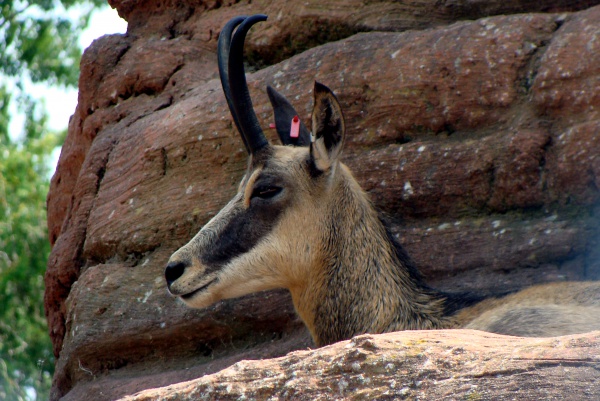Facts About Chamois
The chamois is a captivating goat-antelope species indigenous to Europe's mountainous regions, including the Pyrenees, Alps, Apennines, Carpathian Mountains, Balkan Mountains, Tatra, and Caucasus. Interestingly, they have also established a presence in New Zealand. The term "chamois" is derived from the French word "chamois" which itself traces back to the Gaulish word "camox." These animals belong to the goat-antelope subfamily within the Bovidae family.
Two primary species of chamois exist within the Rupicapra genus: R. rupicapra and R. pyrenaica, each encompassing various subspecies. Chamois are small and distinctive, characterized by their short, straight horns and brown fur that turns to a light grey during the winter. They are diurnal, meaning they are active during the day, and primarily feed on vegetation. Chamois typically live in herds, with females and juveniles forming groups, while adult males often prefer solitude.
Chamois inhabit Europe's mountainous regions, Turkey, and the Caucasus, commonly residing at altitudes up to 3,600 meters. They are well-adapted to rugged, rocky terrain and typically descend to lower elevations during winter. In New Zealand, chamois were introduced in 1907 and have since proliferated across the South Island. Hunting chamois is a popular activity, and their meat is highly prized for its flavor. Additionally, chamois leather, renowned for its smoothness and absorbency, is traditionally made from chamois hides but can also be produced using other animal hides or synthetic materials.
In captivity, chamois can live up to 22 years. They face predation from humans, lynxes, leopards, wolves, bears, and eagles. To escape predators, chamois can run at high speeds and make impressive leaps. They play a crucial role in their ecosystems, and their populations are carefully managed to maintain ecological balance.

 Bosnia and Herzegovina
Bosnia and Herzegovina